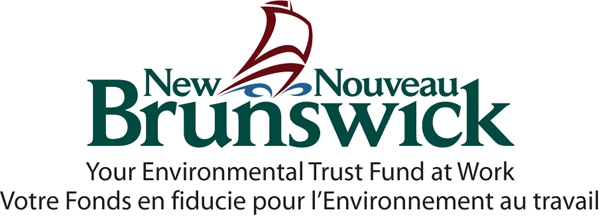Through the GDDPC’s previous projects, we have gathered resources identifying hundreds of species of fauna and flora living in the Cocagne watershed, including birds, insects, and plants. With the help of several key participants in the community, we have a better picture of the rich diversity of species and their habitats, that exist in the Cocagne watershed.
With the CORRIDORS project, we collaborate with citizens to identify the connectivity that makes it possible to create links among different wildlife habitats throughout the watershed. We conducted field surveys, using bird counts and tree inventories, to show suitable nesting habitats for a variety of bird species. By making responsible decisions, many homeowners already respect and enhance forest habitat on their property. Through their sustainable forest practices, citizens are able to conserve natural areas, which positively impacts populations of many bird species, such as Flycatchers, Woodpeckers, and Warblers.


With the help of researchers from the Université de Moncton, we produced several maps showing the distribution of various habitats for birds in the watershed, such as mature forests and wooded wetlands. Based on the criteria identified in When is habitat sufficient?, we were able to show existing connectivity links among mature forests at the watershed level.
All the same, there are many areas impacted by human activity, mainly through urbanization, especially near the estuary and the Bay of Cocagne, which has disrupted natural connectivity. The fragmentation of habitats has contributed to the decline of biodiversity as vegetation patches are reduced and become increasingly isolated. The loss of the connectivity in habitats leads to a break in environmental processes, such as migration, dispersion, as well as recycling of nutrients and plant pollination. Watch Connectivity Conservation: Why Wildlife Corridors Matter! of the Center for Large Landscape Conservation (largelandscapes.org).


During the project, we installed birdhouses and encouraged reforestation with native plants. We established a bird monitoring program by defining a protocol and providing training to participants. We highlighted citizen engagement by presenting them with a summary of our visit and adding photos and a description of their property on the GDDPC interactive map. The final report (French only) explains in detail the activities and results of the project.
With the CORRIDORS project, we have helped citizens to recognize bird habitat and given them the tools to preserve biodiversity in the Cocagne watershed.
Acknowledgments
Acknowledgments


